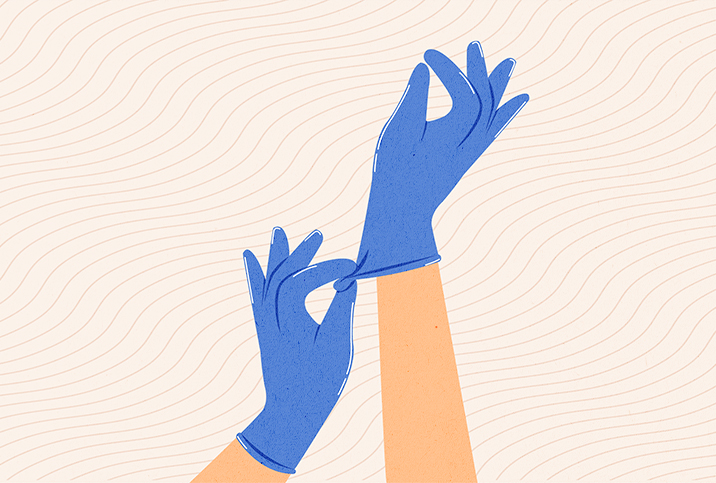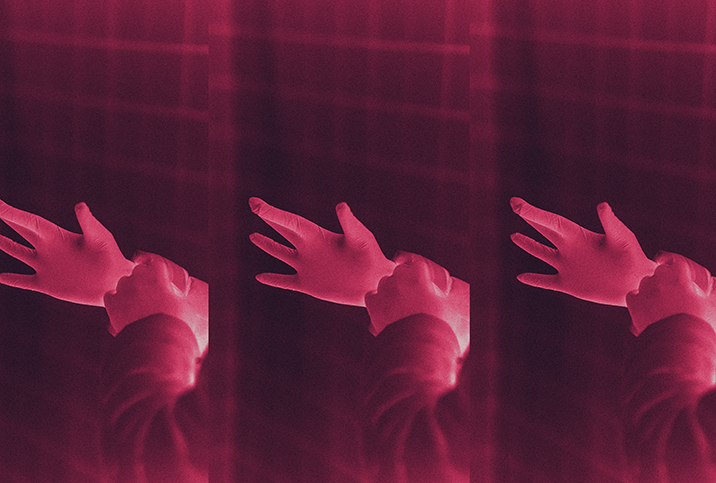What Are the Potential Benefits of Prostate Massage for Men's Health?

The prostate gland is an often misunderstood part of the male reproductive system. Yet, it is critical. Unlike the penis and testicles—those showy, center-stage guys always hogging the spotlight—the prostate gland may only get noticed when something goes wrong.
That's unfortunate, because the prostate gland itself can be a great source of pleasure. It's connected to the pudendal nerve, with nerve branches that link it closely to the penis and testicles. It's so innervated, in fact, that some men can ejaculate from prostate stimulation alone.
Because the prostate is centrally located in an area of the body packed with highly sensitive, tightly interlocking structures, it can also take blame it doesn't deserve. Say something goes awry in that closely packed nerve network. Symptoms that originate in one area can be misplaced as the nervous system and brain try to interpret the signals. The hapless prostate gland—the walnut-sized structure at the center of it all—often becomes the focus when something goes wrong down there.
Your prostate muscles can get sore if you're squeezing or 'flexing' them tight for too long—a massage can help, even with chronic tension.
Caring for the prostate can help, and that could include massaging the gland.
What are some of the benefits of prostate massage? What mistakes do men make when it comes to paying more attention to the prostate region? How can you expand your understanding of what exactly might be causing issues in the lower pelvis in and around the prostate?
How can prostate massage help prostatitis?
Prostatitis refers to swelling and inflammation of the prostate gland. Both Johns Hopkins and Mayo Clinic mention prostate massage during a digital rectal insertion as something a healthcare provider may do in order to get the prostate gland to express prostatic fluid to test for bacteria.
Numerous other tests are more commonly used to diagnose bacterial prostatitis, including urinalysis, blood tests, semen analysis, cystoscopy, ultrasound and CT scan. Some small studies have suggested prostate massage may help relieve prostatitis symptoms, but other studies suggest there's no difference between taking antibiotics along with prostate massage versus just taking antibiotics.
How can prostate massage help urine flow?
Because the prostate gland surrounds the urethra, common symptoms of benign prostatic hyperplasia (BPH), aka an enlarged prostate, include urinary issues such as painful urination, urinary retention, weak stream, difficulty starting the flow and more. One small study suggested prostate massage, in combination with medication such as 5-alpha reductase inhibitors, may help relieve some of these symptoms, but evidence that massage directly affects the condition is lacking.
"I don't know if there's any research on [prostate massage and BPH], but by helping that area relax, which could happen from prostate massage, they kind of open up the channel so it's not as obstructed," said Amy Pearlman, M.D., a men's health specialist and co-founder of Prime Institute in Fort Lauderdale, Florida. "They're not going to change the size of their prostate, but it could open up the area to allow urine to flow better."
How can prostate massage help erectile dysfunction?
Numerous articles mention the possibility that prostate massage may help some men with erectile dysfunction (ED), but published studies showing any direct link are limited.
What we do know is that a prostate massage feels good. It can potentially help erectile function by stimulating nerves that are connected to the penis and testicles, as well as helping with blood flow. Prostate massage can help loosen muscle tension in the pelvic floor. Such tension is an often overlooked potential source of "prostate" discomfort and other lower pelvic region symptoms.
"I think I would broaden the topic of prostate massage and focus more on the pelvic floor, because the prostate is just one of the things in that area that's potentially going to be involved," Pearlman said. "People are unaware that there are muscles there, but they know the prostate is there, so they think it's the prostate."
How can prostate massage help pelvic floor dysfunction?
The pelvic floor muscles are shaped like a hammock, going from the pubic bone in the front to the tailbone in the back. They cross through your rectum and share space with your urethra. All of the nerves that innervate the genitals, prostate gland, anus and everything else down there pass through these muscles.
Aging alone can cause issues in their function, as can obesity. Pelvic floor muscles also attach to the lower back, so sitting for long periods can cause referred pain in different parts of the lower pelvis.
All of this can help explain why diagnosing and treating "prostate pain" can be a little tricky.
"The pelvic floor is responsible for bladder function, bowel function, sexual function, and then there can be a pain component as well," said Natalie Kruse, D.P.T., senior physical therapist at the University of Iowa Hospitals & Clinics in Iowa City, Iowa. "It's also part of your core, so it helps with postural stability. All your muscles can decrease in bulk and strength as you age—that's a natural process—and so your pelvic floor muscles are no different."
The pelvic floor acts like any other group of muscles in another way, too: If you squeeze or "flex" those muscles tight for too long, or if you have chronic tension in them, they get sore. As with tension in your back or shoulders, a massage can help.
"Although when we think about urinary symptoms and pelvic pain, we always blame the prostate—and sometimes focusing on the prostate can be helpful—but I think more so focusing on the muscles can really be helpful with those symptoms," Pearlman said. "The pelvic floor sits right in front of the prostate. In terms of prostate massage, when people do that, they're also massaging the muscles in that area."
Conclusions
Any ongoing discomfort in the lower pelvis warrants a visit to a healthcare provider. Once an infection or another clearly diagnosable condition has been ruled out, you may be referred to a pelvic floor therapist who can help isolate and hone in on the specific problem area.
While treating pelvic floor dysfunction may seem complicated simply due to the large area and multiple organs it can potentially involve, in a way, it may be the preferred diagnosis.
"Patients are often relieved when we talk about the pelvic floor because it doesn't require surgery," Pearlman said. "Yeah, it requires some work to go to a physical therapist, but a lot of people don't want surgery and are scared they're going to require something invasive."


















